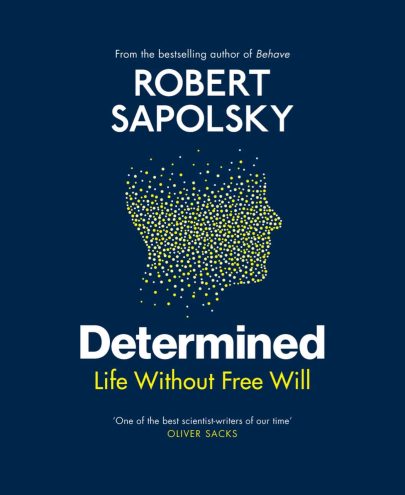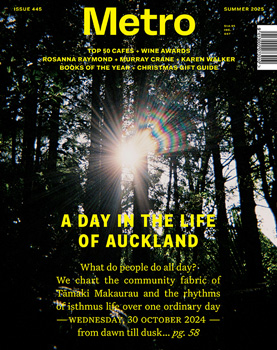Jul 26, 2013 Books
By Kirsty Gunn
Reviewed by Anne Kennedy.
Kirsty Gunn will be known to many readers as the author of that gem of a novella, Rain. Made into a feature film by Christine Jeffs, it remains a landmark for its exquisite portrayal of loss of innocence at the bach. Twenty-five years on, Gunn, who has lived in the UK since the late 70s, has produced another masterpiece, this time on a grand scale.
It is rare these days to see a novel in which the themes appear to be buoyed not so much by narrative trajectories, as by sound, language, patterns. The Big Music does just this. As such, it is like a ringing and sublime hymn to modernism.
Structurally, The Big Music follows the form of the Piobaireachd (pronounced “pe-brohh”) or Ceol Mor , the four-movement order of classical Highland bagpipe music. The first movement, the Urlar, sets up themes, motifs and, in this case, characters. We learn that John Callum Sutherland, of Sutherland in the north of Scotland, and of the Grey House, is approaching death and as a last gesture is composing a Piobaireachd as he walks through the soaring landscape.
An array of characters and points of view join in, round-like, and are developed in the second movement, the Taorluath. If these terms sound luscious, if the notion of the bagpipe music sounds romantic, this is reflected in Gunn’s extraordinary prose, which thrums like a drone, is patterned, nuanced, and resounding: “Is what there is to begin with, a few words and the scrap of a tune put down for the back of the book in some attempt to catch the opening of the thing, how it might start.”
Gunn writes — like the Piobaireachd — outside music, “music that cannot make itself be small”. Within its structure and sonority, The Big Music presents itself as an assemblage of documents, originally collected by one of the characters and “discovered” by the author, or her alter-ego, who makes many and detailed editorial comments in footnotes and appendices. Gunn has established a “real” archive for The Big Music at the University of Dundee with her sister, the artist Merran Gunn.
There are two devices providing unity for this novel, then — the bagpipe compositional form, and the conceit of the archive itself. The fragments, meticulously labelled and ordered, could be housed in a box (like Anne Carson’s Vox), but although the reader might wander among “narratives”, “inserts” and “papers”, the novel has serious work to do unfolding its narrative.
The Big Music has big, dramatic stories running along drone-like beneath its lyricism. John Sutherland carries a baby with him on his hill ramble, to the horror of its mother Helen. Adultery underpins Iain’s mournful dialogues. The shattered remnants of characters’ lives poke up through the soil of the dirge.
Like the great modernists — Joyce springs to mind — Gunn knows that what happens, or rather what happened, underpins our need for the telling in the first place. Using the remarkable subtlety demanded by her chosen form, Gunn’s characterisation has sweep and power.
Revisiting her former theme of loss, this new novel is about more than a dying man. It concerns a dying music, a dying way of life, even — without getting too carried away, but The Big Music does carry one away — the death of modernism. But The Big Music’s modernism isn’t unadulterated.
How could it be, in our times? Its modernism is comma’d off within the artifice of the found documents, in the fiction of the author’s “research”. Gunn uses modernist techniques to profoundly pipe out the era.
This review appeared in the September 2012 issue of Metro.





